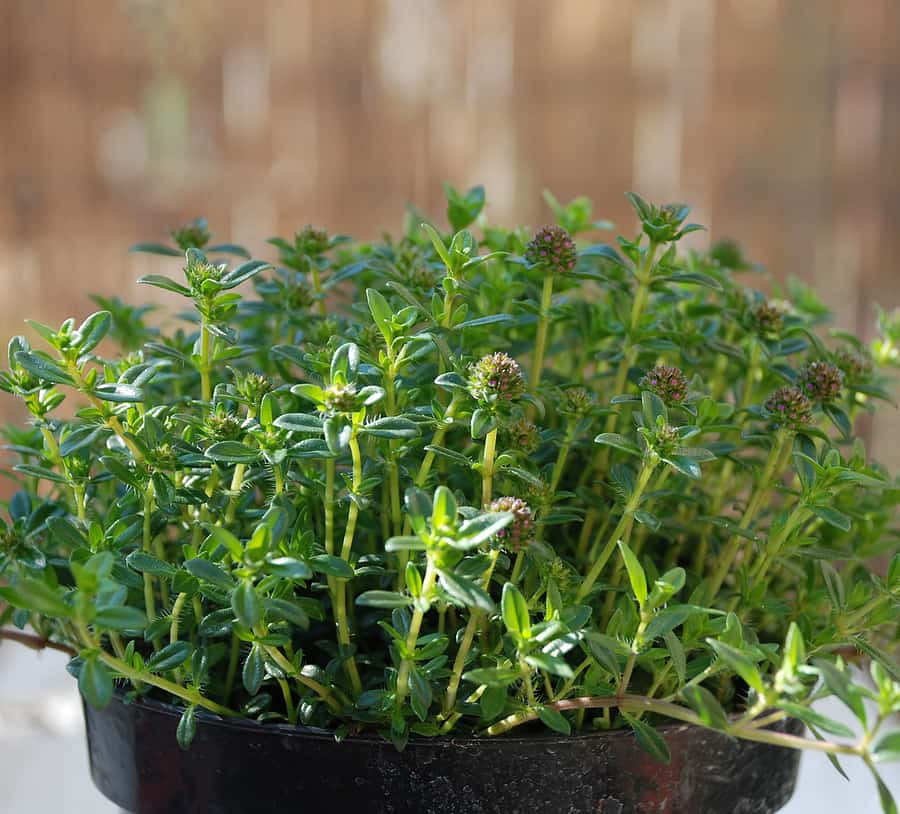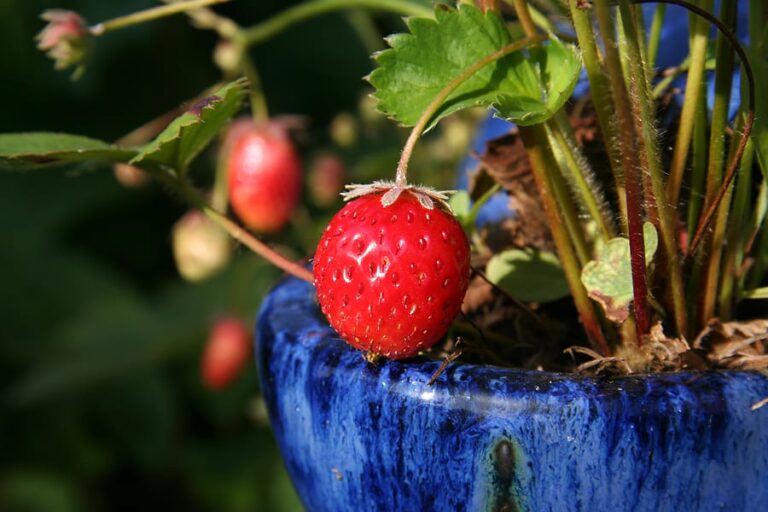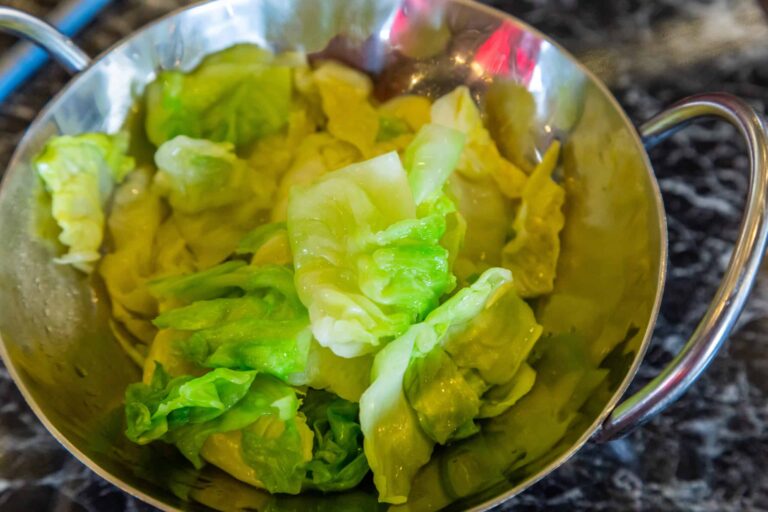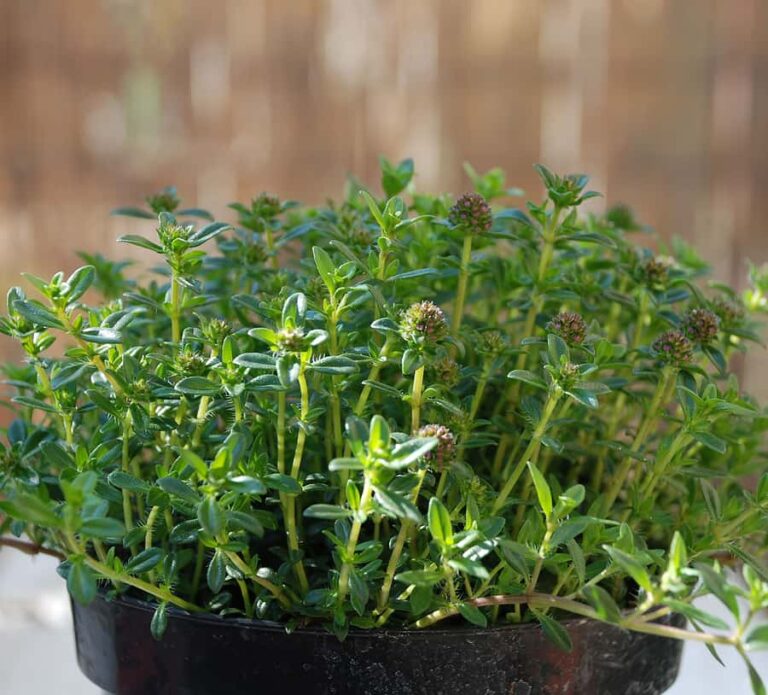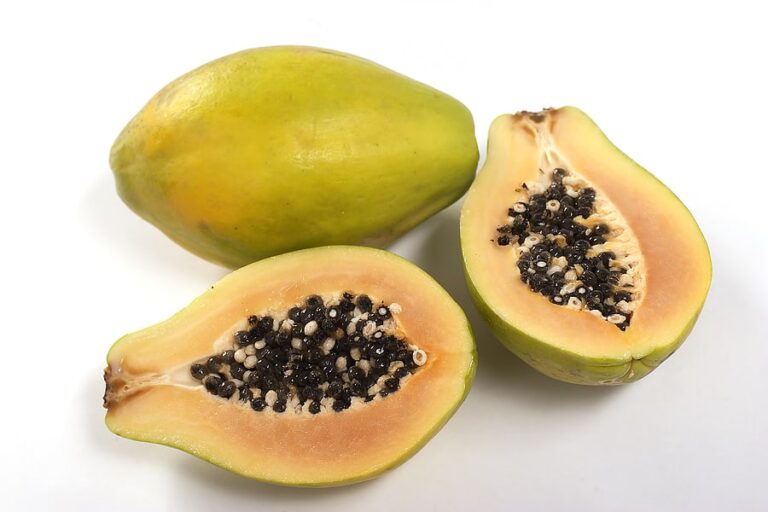Ways to Serve Savory
Trying to cut back on salt and pepper? Try savory.
There are two varieties of the herb called savory to choose from: summer savory—a fast-growing annual plant, and winter savory—a shrubby perennial.
Both savories have a bit of a peppery bite. Summer savory has a flavor reminiscent of thyme, mint, and marjoram. It is more subtle than winter savory. Winter savory is more pungent with a flavor of sage and pine.
Serving savory
How to serve summer savory
Use annual summer savory to flavor meat, fish, eggs, soup, beans, peas, and lentils. Finely chop summer savory to season omelets, scrambled eggs, and deviled eggs.
Use perennial winter savory in salads, soups, dressings, sausage, roast poultry, fish, beef and braised meats, pork, and bean dishes. Use dried or winter savory to flavor crumbs for breading meat, fish, or vegetables
Chopped finely, summer savory can be added to cheese dishes, egg dishes, fish soups, and summer vegetables. Add it lightly—just one or two leaves–until you are familiar with its strength. Summer savory is good for those on a salt-free diet.
Annual summer savory is one of the herbs in herbes de Provence (along with rosemary, thyme, and oregano) used to flavor meat, fish, eggs, soup, beans, peas, and lentils.
How to serve winter savory
Winter savory—which can be harvested and used after summer savory has died back—will provide fresh leaves into early winter. Use winter savory to complement salads, especially bean, lentil, and potato salads, dried bean dishes, and stuffings. (The German word for savory is Bohnenkraut, which means “bean herb.”)
Winter savory also can be used to season sausages, lamb, pork, game, and other long-cooking meat dishes and oil-rich fish such as eel and mackerel. Savory is good with cabbage and root vegetables such as onions because it reduces their strong cooking smells.
Add both summer and winter savory leaves to herb bunches—bouquets garnis—to flavor soups, stews, and broths. Both sprigs and leaves can be used, and savory flowers can be used for garnishes.
Once again, avoid too much savory or your food will taste bitter. A pinch is enough!
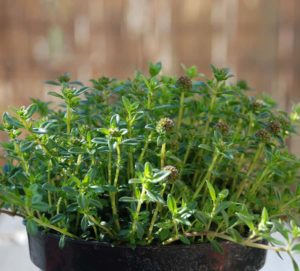
How to choose savory
Fresh savory should be bright colored and sprightly. Avoid leaves or sprigs that are wilted or yellowed. Leaves cut just before flowering will be the most tender and least bitter tasting.
How to store savory
Summer savory will keep in a plastic bag in the refrigerator for 5 to 6 days. Winter savory will keep for up to 10 days.
Savory will retain its flavor if frozen. Chop it finely and freeze it in water in ice-cube trays.
Dried savory leaves will retain their flavor for several months if kept in an airtight container away from light. Hang sprigs to dry in an airy, dark place and later crumble the leaves into powder.
You also can infuse wine vinegar with fresh sprigs of savory and use in dressings for salads containing fresh or dried beans.
Serving savory
Savory flavor partners
Savory has a flavor affinity for beans, beets, Brussels sprouts, cabbages, carrots, cheese, cucumbers, eggs, kale, legumes—especially lentils and white beans, mushrooms, olive, potatoes, rabbit, sweet peppers, tomatoes turnips, vegetables salads and soups, stuffings, tomato-based sauces, marinades, broiled veal and pork, poultry, and rabbit, and fish, especially trout.
Savory combines well with basil, bay, cumin, garlic, lavender, marjoram, mint, oregano, parsley, rosemary, sage, and thyme.
About savory
Summer savory has soft, tender, grayish leaves and white or pinkish flowers. It is upright growing to about 18 inches (45cm) with a loose, open habit. Winter savory is a woody shrub that can grow to 15 feet (4.5 m) tall. It has lavender or white flowers.
Savory is native to southern Europe and the Mediterranean region where it has been used in food preparation for more than 2,000 years. Savory was the strongest spice available in Europe until black pepper became available from Asia.
The Saxons gave savory its name: it means spicy or piquant. The word savory today denotes a flavorful non-sweet food.
The botanical name of summer savory is Satureja hortensis; of winter savory S. Montana.
Related articles:
Articles of interest:
Best Herbs for Container Growing
Garden Planning Books at Amazon:
- Vegetable Garden Almanac & Planner
- Kitchen Garden Grower’s Guide Vegetable Encyclopedia
- Vegetable Garden Grower’s Guide
- Tomato Grower’s Answer Book
More kitchen tips:
Bring your harvest to the table. Kitchen prep tips and easy recipes for the vegetables you grow. Click below for vegetable prep and recipes you can use now.
- Almonds
- Apples
- Apricot
- Aprium
- Artichoke
- Arugula
- Asparagus
- Avocado
- Bamboo Shoots
- Banana
- Basil
- Beans, Dried
- Beans. Long
- Beans, Shell
- Beans, Snap
- Beets
- Bitter Melon
- Blackberry
- Bok Choy
- Broccoli
- Broccoli Raab
- Brussels Sprouts
- Cabbage
- Cardoon
- Carrots
- Cauliflower
- Celeriac
- Celery
- Chard
- Chayote Squash
- Cherimoya
- Cherries
- Chestnut
- Chickpea
- Chinese Cabbage
- Chives
- Cilantro
- Citron
- Clementine
- Collards
- Coriander
- Corn, Sweet
- Corn, Baby
- Corn Salad, Mache
- Cranberry
- Cress
- Cucumber
- Daikon
- Dandelion
- Dill
- Eggplant
- Endive, Belgian
- Endive and Escarole
- Fava Beans
- Fig
- Florence Fennel
- Garlic
- Ginger
- Grapefruit
- Grapes
- Guava
- Horseradish
- Jerusalem Artichoke
- Jicama
- Jujube
- Kale
- Kiwifruit
- Kohlrabi
- Kumquat
- Leeks
- Lemongrass
- Lemons
- Lettuce
- Lime
- Mache (Corn Salad)
- Mandarin Orange
- Mango
- Maple Syrup
- Marjoram
- Melons
- Michihili
- Mint
- Mizuna
- Mushrooms
- Mushrooms, Cremini
- Mustard Greens
- Napa Cabbage
- Nectarine
- Okra
- Olives
- Olive oil
- Onions
- Oranges
- Oregano
- Parsley
- Parsley Root
- Parsnips
- Passion Fruit
- Pawpaw
- Peaches
- Pears
- Peas, Garden Snap
- Peas, Snow
- Pei Tsai
- Peppers, Chili
- Peppers, Sweet
- Persimmon
- Pineapple
- Pineapple Guava
- Plantain
- Plums
- Pluots
- Pomegranate
- Potatoes
- Prickly Pear
- Pumpkin
- Quince
- Radicchio
- Radishes
- Raspberries
- Rosemary
- Rhubarb
- Rutabaga
- Sage
- Salsify
- Sauerkraut
- Savory
- Shallots
- Sorrel
- Spinach
- Squash, Summer
- Squash, Winter
- Strawberries
- Sunchokes
- Sunflower
- Sweet Potato
- Swiss Chard
- Tangerine
- Taro
- Tarragon
- Thyme
- Tomatillo
- Tomato
- Turnip
- Turnip Greens
- Yams

